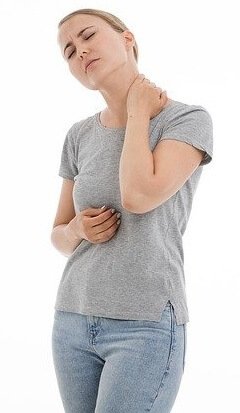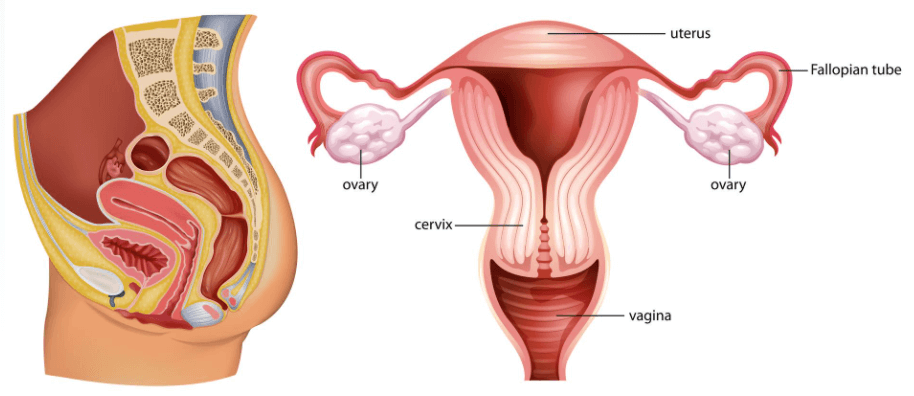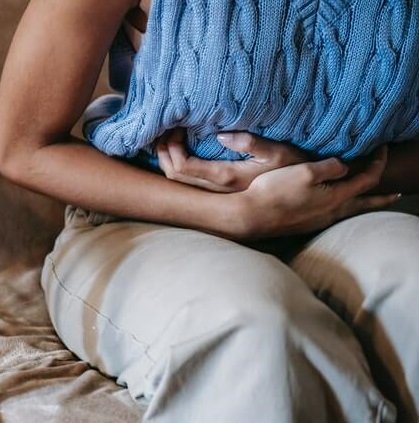Information on this site shall be considered as holistic, alternative and spiritual advice only. For medical advice and treatment a GP, medical professional and/or Certified Hijama Therapist should be consulted. In all circumstances where lifestyle changes, supplements, or other foods are suggested your GP should be consulted. Client Safety is the number one priority.
Hijama / Cupping Points Treatment Plan for Back Pain
Allow 2-4 weeks between sessions – longer if required. Hijama Points shown for each session should ONLY be used to guide the therapist. Body size, cup size, and any other conditions need to considered and appropriate care and attention taken. The number of sessions shown can be increased or reduced depending on the condition of the client.
Complete Treatment Plan
Click here for Session 1Click here for Session 2
Click here for Session 3
Click here for Session 4
Click here for Session 5
Use the standard hijama points as an additional or as separate standalone sessions.
Standard Wet Points – 1,55
Click here for Hijama Points on the back of the bodyIf the client has a complicated history and numerous concerns then it is a good idea to use our online consultation service – click here.
Which body part or function is involved in Back Pain?
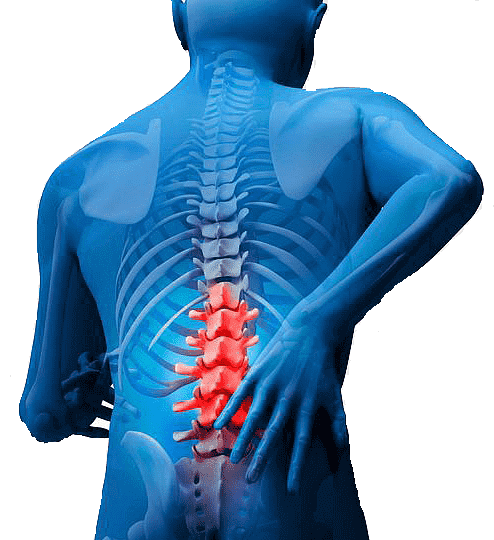
Back pain is most common and about 84% of the individuals of age group 30-50 experience back pain at some pin in their life. This pain can affect one side or both sides of the spinal column while the knowledge of the exact point of pain can indicate the underlying cause. The lower back, which is the point of pain in most cases consists of five vertebrae including L1-L5 of the lumbar bearing most of the upper body weight. Each of the spaces between the vertebrae is covered by the cartilage type round pads called intervertebral discs acting as shock absorbers that cushion the bones throughout the spinal column when the body is in movement. Special tissues called ligaments are responsible for holding the vertebra in its appropriate place while muscles and spinal column are attached by tendons. The spinal cord roots 31 nerve pairs through it that are involved in controlling the movement of the body and develop a connection between brain and body. The intricate work of these structures plays a crucial role in performing the function while the problem in any of these components leads to back pain affecting the quality of life.
The location and reason of back pain can vary from person to person as it can develop due to impairment of either nerve and spinal cord, bony lumber of spine, intervertebral discs, ligaments involved in spine and discs region, muscles in the lower back, and internal organs of the abdomen and pelvic region. The back pain due to internal organs may indicate some serious health conditions including, kidney impairments, arthritis, spinal cord cancer, spine infection, sciatica, herniation of the disc.
What are the symptoms and effects of Back Pain on the body?
Back pain can be a result of an injury, some medical condition, or physical activity that can affect any age group but prominent in older people due to factors like earlier profession and degenerative disc disease. The frequent causes of back pain comprise damaged disc, muscle spasm, fracture, fall or injury, and strain or tension of ligaments or muscles. The activities like improper weightlifting, twisting, overstretching, pushing, pulling, sleeping on a mattress that does not keep the spine straight by supporting the body, long drive without a break, sitting or standing for an extended time, and making hasty awkward movement can leading to strain and spasm and further into back pain. The risk factors for back pain are age, smoking, physical inactivity, being overweight, and psychological conditions. Some structural problems like arthritis, bulging or herniated disc, osteoporosis, sciatica, ruptured disc, may cause back pain. Other health conditions leading to back pain include:
- Spondylosis: degeneration of the spine as a person ages can affect the bones, discs, and joints.
- Spine cancer: tumor formation on the spine may press a nerve and cause back pain.
- Spine infection: a warm and tender area at the back along with fever may indicate spine infection.
- Cauda equina syndrome: this causes numbness of buttocks, thigh and genitalia, pain in the lower back and buttocks. This syndrome sometimes disturbs the function of the bowel and bladder.
- Sleeping disorders: people with impaired sleep patterns are more prone to back pain.
- Infection of organs in the lower back and pelvic region: kidney or bladder infections, pelvic inflammatory disease, causes back pain.
- Shingles: depending on the infected nerve it can also cause pain in the back.
- Pregnancy: the associated back pain usually goes away after delivery.
The major symptoms of back pain are the pain in the lower back that may radiate to the buttocks and legs, but this pain does not require treatment in most cases and goes away on its own. But in case the pain is accompanied by a fever, swelling, inflammation in the area, weight loss, if the pain is persistent and resting does not help, pain that radiates towards legs and down the knees, numbness in the genitals or buttocks area, impaired fecal or urine function, or in case of a recent injury.
What changes in diet can help improve symptoms of Back Pain?
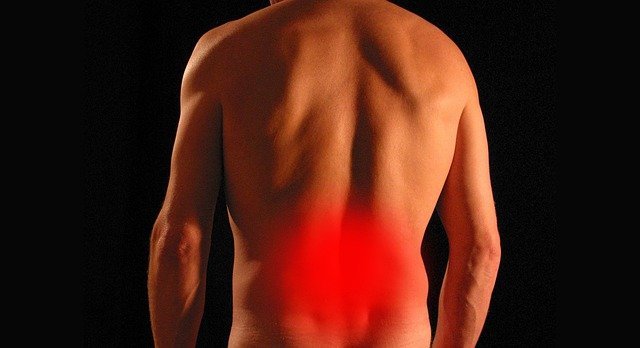
Dietary changes
Eating an anti-inflammatory diet rich in fruits, vegetables, fish, chicken, nuts and olive oil can help reduce inflammation and pain. Also, fruits, vegetables, herbs and spices including, beetroots, carrots, sweet potatoes, watermelon, grapes, pomegranate, other barriers, basil, garlic, turmeric, cinnamon, and oregano can all help reduce inflammation and fight back pain. Chia seeds and flax seeds along with omega-3 present in cold-water fish can also help in reducing inflammation.
Changes in lifestyle which can help Back Pain
Maintaining a good posture when sitting, add regular exercise in daily routine to keep back muscles flexible and strong, avoid sitting for a longer period, and eat healthy food, take proper sleep, quit smoking, avoid regular bending, twisting, and improper weightlifting, consult a doctor if you have depression and anxiety to get rid of aching back pain.
Possible alternative remedies for Back Pain
To lower the back pain, stay active and avoid prolonged inactivity. The use of ice and heating pads is also recommended to reduce inflammation, swelling, and pain. To treat painful, sore, and stiffened back non-steroidal anti-inflammatory drugs (NSAIDs) and the use of rub on medicated creams is recommended. Taking supplements like vitamin D and magnesium after consulting with a doctor is also helpful in back pain.

